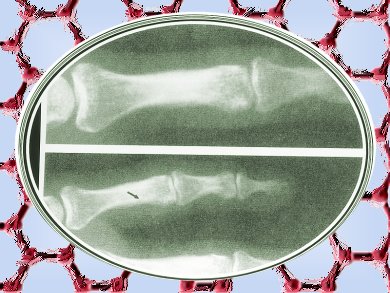In the bone, the combination of elastic collagen fibrils with resistant hydroxyl apatite platelets confers unique mechanical properties. By emulating this hybrid molecular structure, Chaoxu Li and colleagues, ETH Zurich, Switzerland, developed new graphene-amyloid nanocomposite materials.
The scientists replaced bone’s collagen and hydroxyl apatite platelets with amyloid protein fibrils and graphene sheets and demonstrated that the interactions between the latter can be used to prepare nanocomposite films endowed with exclusive features.
In addition to possessing graphene’s high conductivity, thanks to water’s plasticizing effect in the amyloid fibrils, the films respond to variations in humidity levels by changing shape reversibly. Moreover, since proteins can bind enzymes, amyloid fibrils render the new material degradable by enzymatic reactions and suitable to quantify enzymatic activities. Amyloid-graphene nanocomposites are thus applicable in numerous fields.
- Biodegradable nanocomposites of amyloid fibrils and graphene with shape-memory and enzyme-sensing properties,
C. Li, J. Adamcik, R. Mazzenga,
Nat. Nanotechnol. 2012, 7(7), 421–427.
DOI: 10.1038/nnano.2012.62




Congratulations C. Li, J. Adamcik, R. Mazzenga, for your nice work.